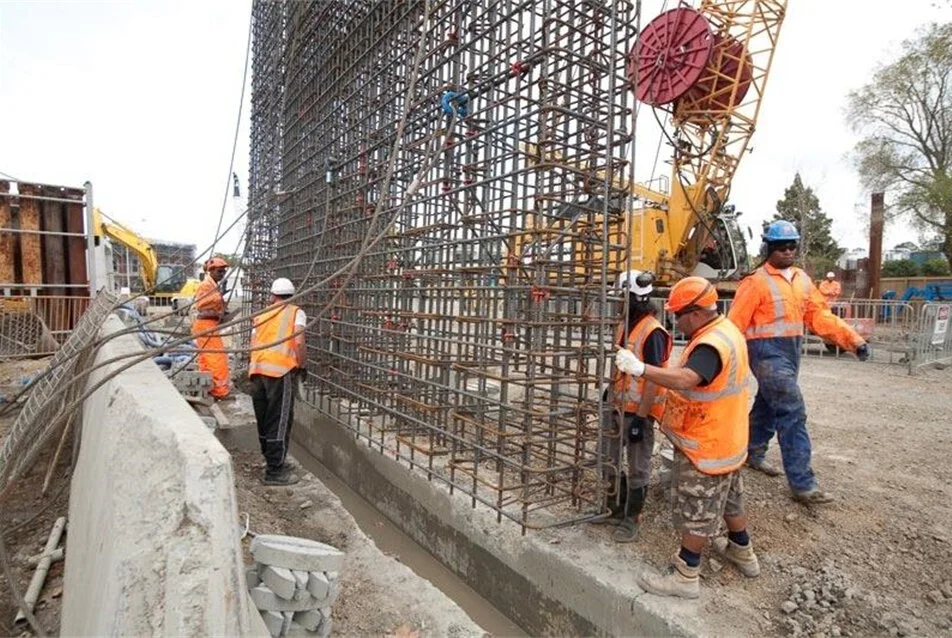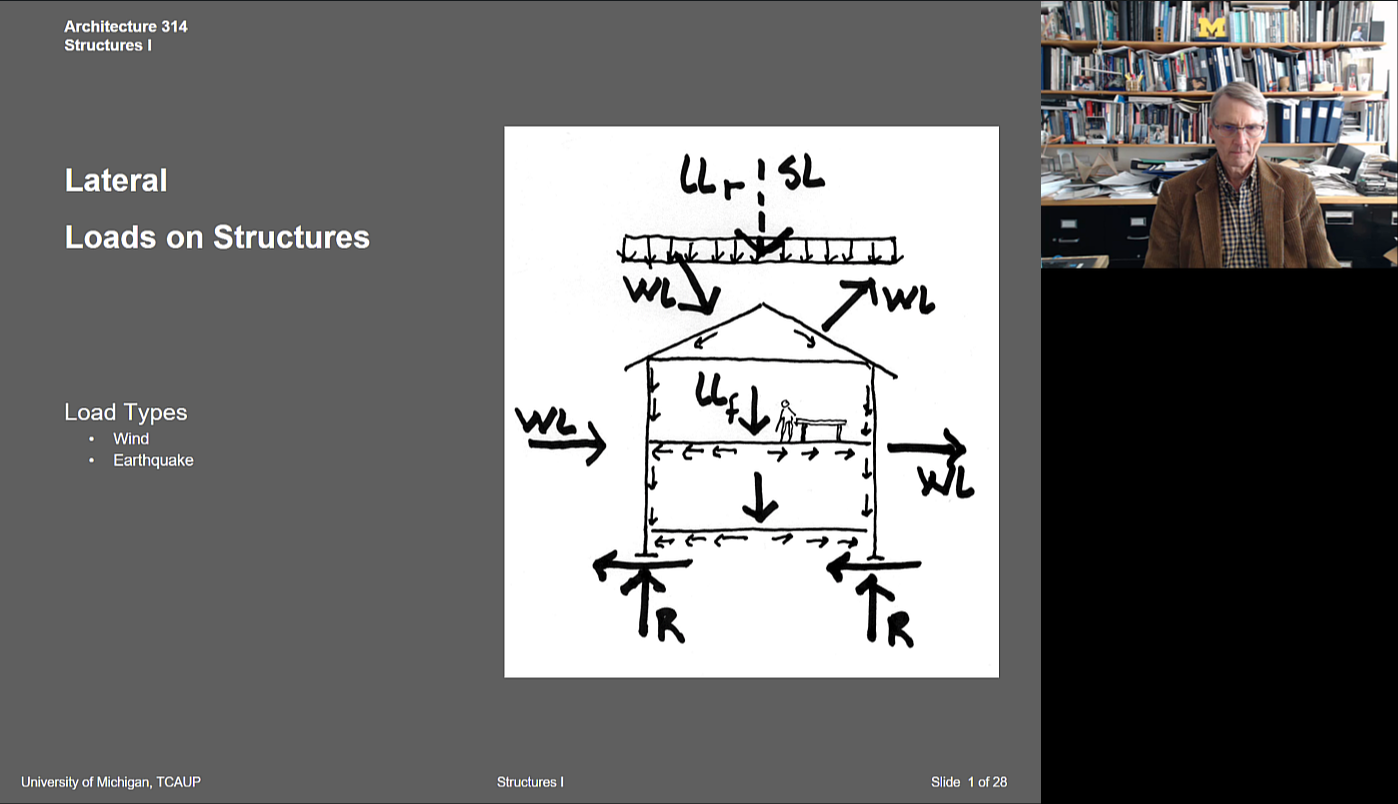2.1.1 Foundation Systems Options + Opportunities
Mick Kennedy
This lesson will introduce the fundamentals of design for building substructure and foundation systems. It will present an overview of factors impacting the selection of a foundation system and provide a series of potential options for deployment in your studio design work.
2.1.2 Structural Systems - Part 1
Peter von Buelow
The classification of structural systems based on Heino Engel’s 5 basic types. A look at the dichotomy of surface structures vs. framed structures.
2.1.2 Structural Systems - Part 2
Peter von Buelow
A comparative overview of common structural systems and construction methods. Further detailed exploration of Heino Engel’s 5 part classification.
2.1.3 Coordination with Building Planning - Part 1
Peter von Buelow
This section regards how structural systems relate to the placement of slabs, beams, walls and columns in defining architectural space. Part 1 focuses on structural elements while part 2 looks at advantages and disadvantages of different materials.
2.1.3 Coordination with Building Planning - Part 2
Peter von Buelow
This section regards how structural systems relate to the placement of slabs, beams, walls and columns in defining architectural space. Part 1 focuses on structural elements while part 2 looks at advantages and disadvantages of different materials.
2.1.4 Exercise 4a/4b Intro: Foundation System Strategies + Structural System Selection
Peter von Buelow + Mick Kennedy
Using structural guidelines and member performance tables presented previously, select material, geometry and systems to match your special constraints.
2.1.5-A Vertical Load Types (OPTIONAL)
Peter von Buelow
This important and useful supplemental lesson is a review of basic load types and combinations for vertical loads. A look into the ASCE-7 load code examines which loads need to be considered and typical values used to estimate loads. Load paths are considered – how loads are transferred from their point of application down to the ground.
2.1.5-B Lateral Load Types
(OPTIONAL)
Peter von Buelow
This important and useful supplemental lesson is a review of latera loads. These include wind loads and seismic loads.








